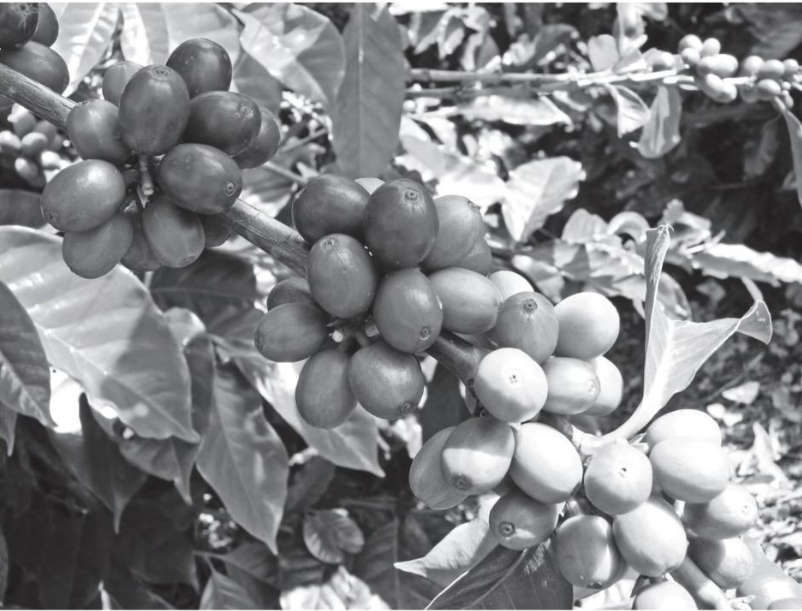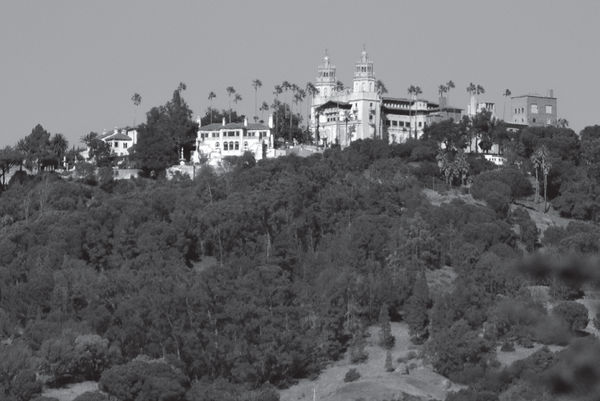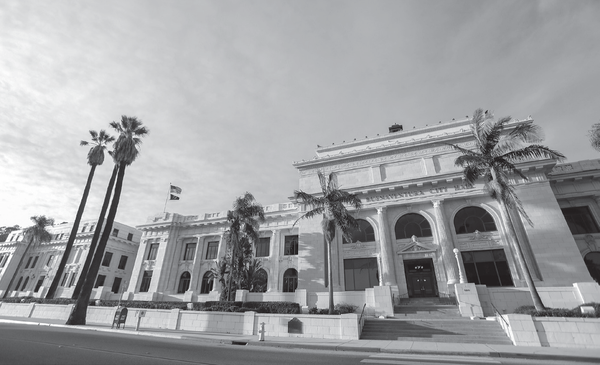During the over 60 years that Ellis Island served as an immigrant station for those looking for a promising new place to call home, it welcomed several million new Americans to the country. In fact, it has been estimated that roughly 40 percent of all current U.S. citizens are directly related to at least one person who passed through Ellis Island. When you think about the sheer magnitude of people who applied for admission to the U.S. there, it’s rather unsurprising that many celebrities entered the country through its gates.

Like most individuals can trace their roots back to the historic island, America as a whole can trace its roots back to these foreign-born leaders. They are direct contributors to what we now consider American literature, food, art, and culture. With the help of author Barry Moreno and his book “Ellis Island’s Famous Immigrants,” let’s take a look at some of the creators, thinkers, and doers who saw the four domed towers of the Ellis Island Immigration Station — and, of course, the torch of Lady Liberty — before they saw anything else in America.
- Ayn Rand: Russian Novelist — Classical liberal darling Ayn Rand, author of “The Fountainhead” and “Atlas Shrugged,” hails from St. Petersburg, Russia. She entered Ellis Island in 1926 on a six-month tourist visa and, after moving back to New York by way of Chicago and Los Angeles, permanently settled in the U.S.
- Irving Berlin: Russian Composer — Famed composer and lyricist Irving Berlin came to the U.S. at the age of 5 from Russia. Like many Eastern European immigrants from the period, Berlin’s family settled in Manhattan’s Lower East Side. Around the age of 13, Berlin began singing and performing for customers on the Bowery.
- Arthur Murray: Polish Ballroom Dancer —The father of ballroom dancing was a Polish Jewish immigrant named Moses Teichmann before he passed through Ellis Island. He came to the U.S. from Galicia, Austria-Hungary, aboard the S.S. Friesland in 1897, when he was just 2 years old. Like the Berlins, the Murray family settled in the Lower East Side, on Ludlow Street.
- The Trapp Family: Austrian Singers — The choral group depicted in “The Sound of Music” was based on the Trapp Family Singers, a group of Austrian singers who made their famous move to the U.S. to flee Hitler’s Austrian invasion. After arriving at Ellis Island in 1938, the group charmed American audiences with German numbers.
- Bob Hope: English Entertainer — Though London-born entertainer Bob Hope eventually made a name for himself on Broadway, his family actually moved straight to Cleveland after arriving at Ellis Island on March 30, 1908. He went on to star in various vaudeville shows, Broadway plays, and radio programs.
- Rudolph Valentino: Italian Actor — Born in Puglia, Italy, Hollywood star Rudolph Valentino first came to America by way of Ellis Island in 1913 at the age of 18. Valentino supported himself with odd jobs in Little Italy and Central Park before eventually entering the vaudeville world as a dancer. Sadly, Valentino died at age 31 due to various health complications.
- Kahlil Gibran — Lebanon-born writer and poet Kahlil Gibran emigrated to the U.S. with his family in 1985 when he was 12 years old. The family eventually settled in Boston, and Gibran went on to publish many significant writings in Arabic and English, including his best-seller “The Prophet.”
- Lucky Luciano: Italian Mobster — With so many people entering Ellis Island, it’s no surprise that the occasional controversial figure passed through its doors. One such figure is Lucky Luciano, the one-time controller of the New York mob and friend to high-ranking mobsters like Bugsy Siegel and Frank Costello. Luciano was eventually deported back to Italy for his crimes.
For more incredible stories of immigration, make sure to pick up Moreno’s book, which features dozens of anecdotes of high-profile Americans who came to the U.S. by way of Ellis Island.





